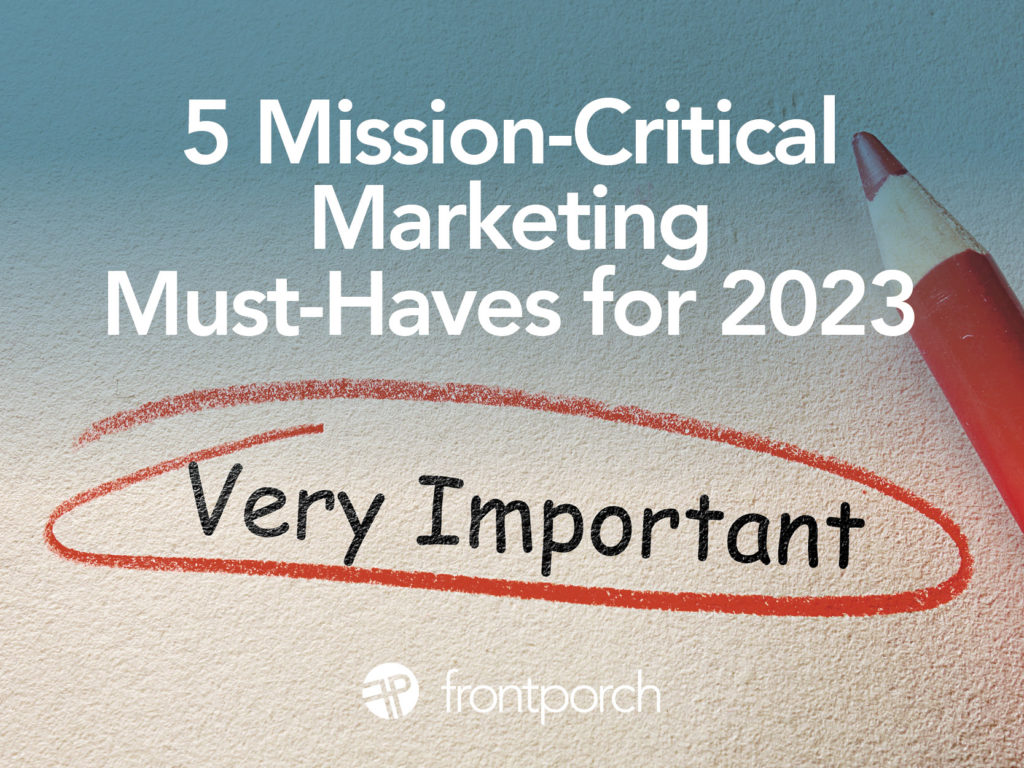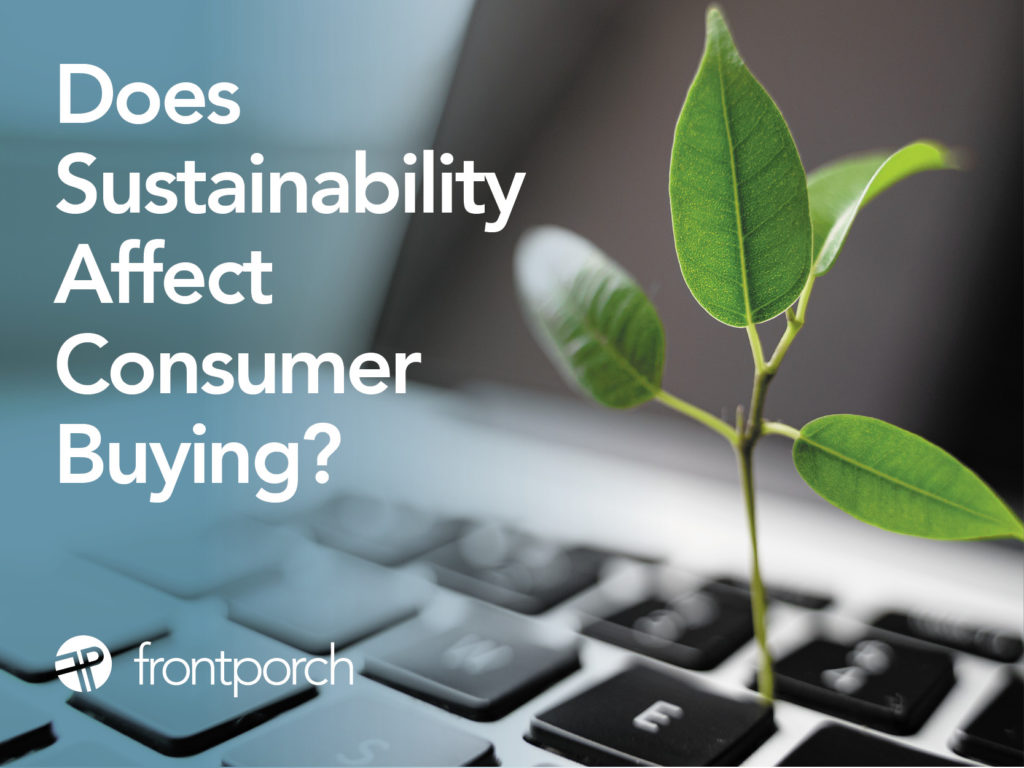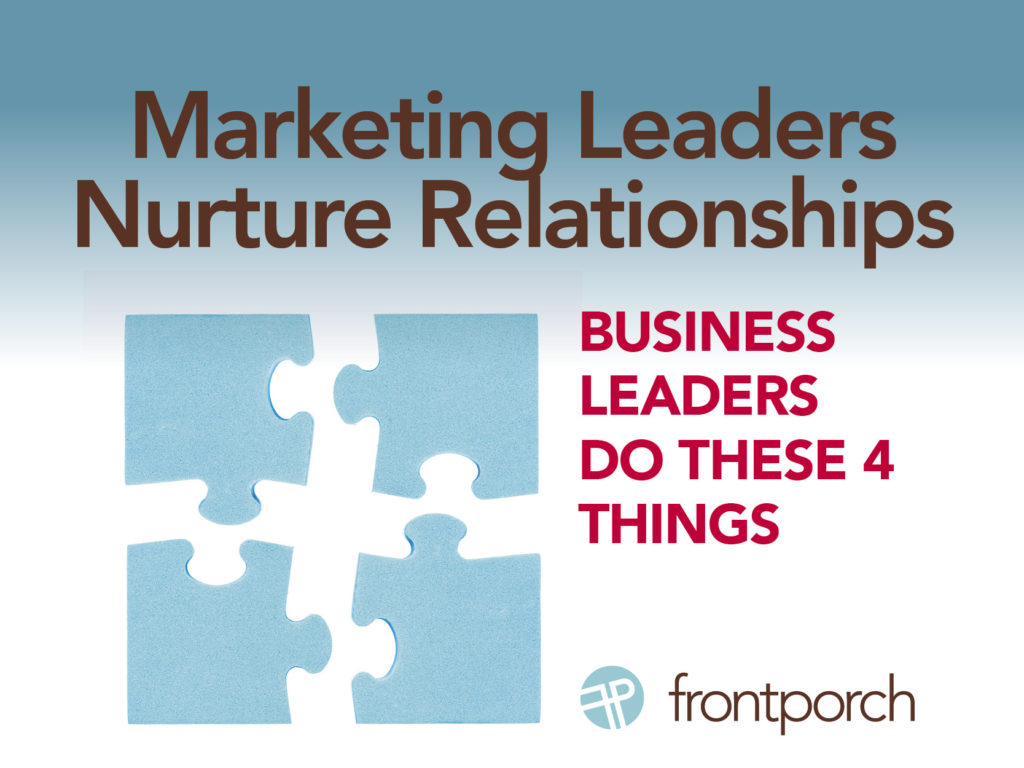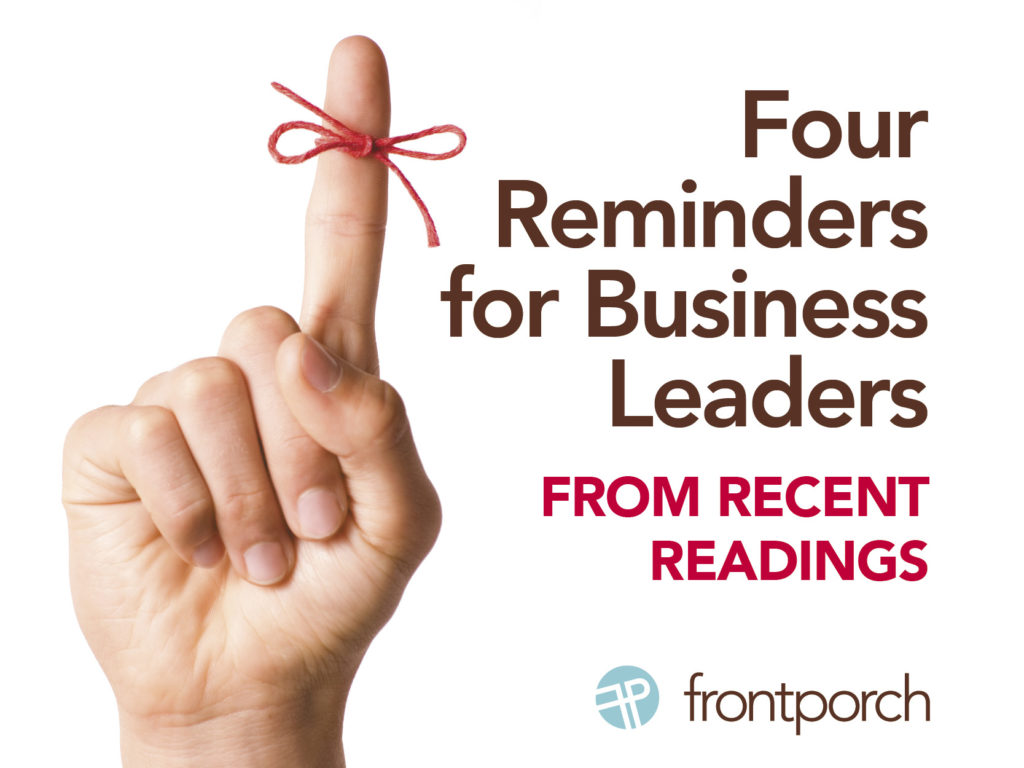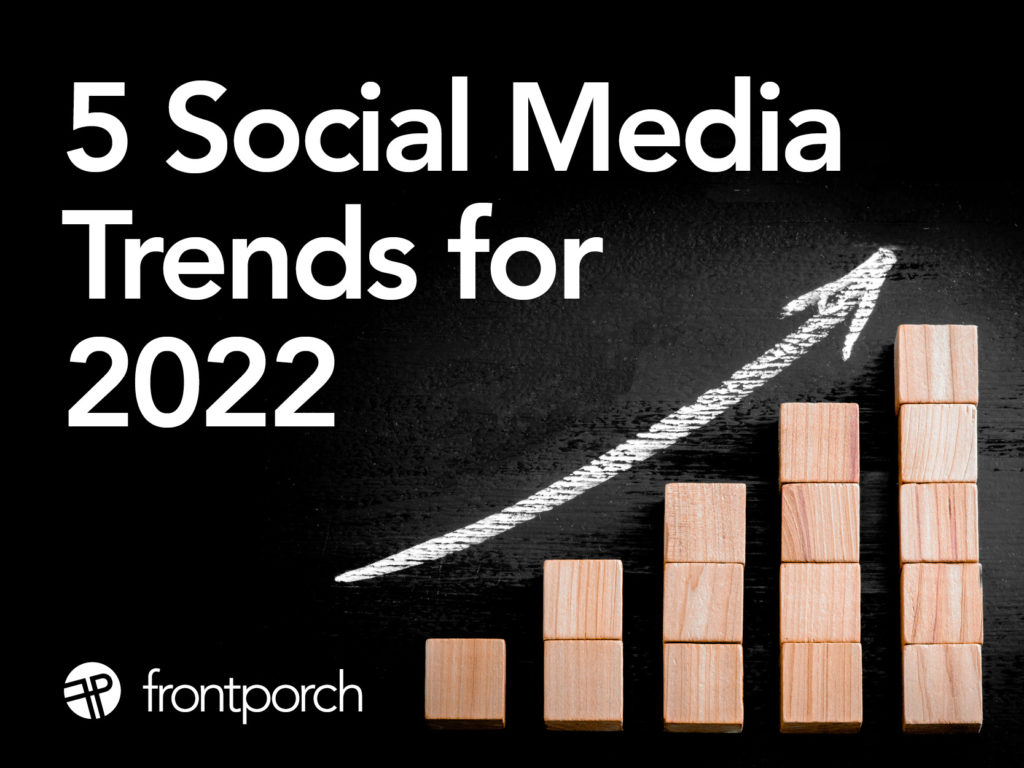
Attend marketing conferences to learn, grow and connect with other leaders.
Attending a branding or marketing conference can not only expand your knowledge, it can expand your network. It can also broaden your opportunities and your outlook! To begin with, when you go to a conference, you’re hanging out with people who do a job like yours. These are people who face the same leadership challenges that you do. You have similar interests, as far as work goes, so you can all learn from each other. At a marketing conference, you can share experiences and gain best practice knowledge from others who do your job.
Improving your knowledge is another reason to attend branding and marketing conferences. For instance, you might learn new cutting edge information about your profession. Or you can learn how to enhance the work you are already doing. The impact on your upskilled performance is worth the price of admission.
Gain valuable insight into your industry, profession, or specific job.
First of all, attending conferences gives you the opportunity to meet people who do what you do now. And secondly, you’ll get a chance to network with people who do what you’ll do next. Meeting people you admire in person gives you the chance to ask questions, have a chat with them, and get to know them and how they think. The best leaders surround themselves with other experts.
Marketing conferences to attend as a senior professional:
Senior Leadership
CES: CES is the most influential tech event in the world — the proving ground for breakthrough technologies and global innovators.
This is where the world’s biggest brands do business and meet new partners, and the sharpest innovators hit the stage.
World Business Forum: Organized and curated by WOBI each year in cities across the Americas, Europe and Asia, World Business Forum is a two-day event that brings together thousands of restless minds united by their passion for business.
- Learn from and be inspired by some of the world’s most renowned figures from business and beyond. It’s a blend of content comprised of CEOs, entrepreneurs, innovators, thinkers, artists and sportspeople.
- The conference focuses on the issues most relevant to today’s businesspeople, stimulating new thinking and inspiring action.
It provides a unique networking environment to connect with like-minded professionals.
CMO/Senior Level
B2B Forum by MarketingProfs: The B2B Forum is a great space for B2B executives to meet and share advice on the best digital marketing tactics and technology.
While at the conference, you will get the chance to network. And you can connect with other driven marketing and business professionals. The sessions cover authenticity, logic, empathy, and building trust with your potential and existing clients. Overall, the program gives insights into your marketing style and what could be missing.
B2B Marketing Exchange: This is a core event for B2B marketing, covering the current issues in B2B, including Demand Generation, Messaging Frameworks, AI and Audience Centricity. Is there yoga in the morning? You bet.
Meet amazing B2B marketers and stay in touch with everything B2B.
BrandSmart: BrandSmart 2023 will be structured as 10+ TED Talk-style presentations. They’ll feature leaders from all over the world. They will be talking about the cornerstones of brand resilience. They’ll discuss the most recent trends and innovations, and give out the BrandSmart Awards. This conference lets professionals network in a uniquely styled format. Featured speakers include executives from Edelman, American Dental Association and SiriusXM & Pandora.
Strategic Marketing 2023: A Reuters Event, Strategic Marketing 2023 brings together leaders from the world’s most recognizable brands to define the future of marketing. This is the global platform to inspire and empower marketing leaders. Map the digital DNA of your consumer, foster brand loyalty and community, and unlock innovation.
Hyper-digitalization is driving an overload of online content. So marketers must stay ahead of industry trends and champion creativity as we look towards 2023.
Join CMOs, trailblazers and experts at SM23 for the most crucial learning and networking opportunity of the year.
Take a step toward growth and learning this year at a marketing conference.
Make a commitment in 2023 to grow as a senior professional by attending one of these valuable conferences. Start finding your peer group. Then learn best practices. Maybe discover a new vendor. There are many benefits to including attending a senior level conference in your growth plan this year.



